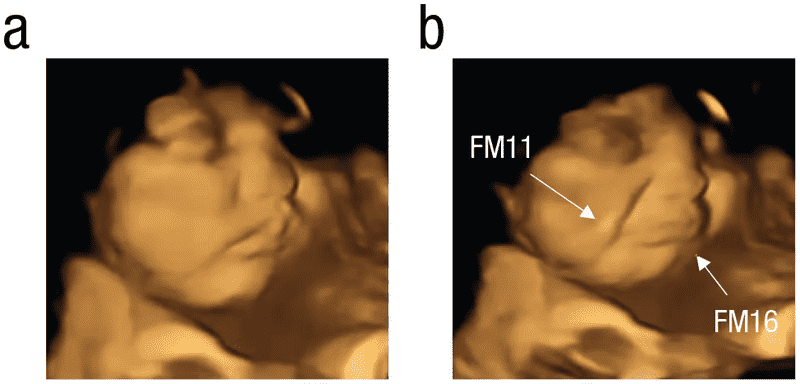A new study by researchers at Durham University recorded the facial reactions of fetuses to certain food flavors, specifically kale or carrot, that the mother consumed in her last trimester. Interestingly enough, the preliminary study has emerged to become part of the scientific mainstream, but the researchers are still unable to find the root cause behind this incredible phenomenon. It should be noted that experimental research has been conducted involving 100 mothers divided into three groups in order to derive findings through the use of contemporary 4D ultrasound technology. However, the research has been published in “Psychological Science.”

As already noted, a fetus starts developing its taste buds after 14 weeks of gestation. Hence, for the research study, around 100 mothers who were in their last trimester of pregnancy participated. A total of three groups have been formed, which consist of the mothers who were having ultrasounds without consuming anything in the form of food. The second and third groups contain those pregnant mothers who were either consuming kale or carrot powder, and that too, around 20 minutes prior to the ultrasound. The results were fascinating. As you can see in the pictures below, the fetuses in the second or third group started responding to the tastes through the facial expressions that their mothers consumed. It is cute, isn’t it?

Coupled with this, the researchers continued the process of ultrasound for about 25 minutes so that they could efficiently and accurately scan all the facial expressions and their movements as well in the given time. As you can see in the pictures, the fetus exposed to kale demonstrated a “cry face,” while the fetus whose mother consumed carrots showed a response in the form of a “laughter face.” This is just incredible, but scientists are still vague about the reason behind this fascinating phenomenon.
According to Jackie Blissett, who is a co-author of the study, “We don’t think the fetus will be responding to ‘sweet taste’ per se because the sugar in amniotic fluid is tightly controlled in a healthy pregnancy. But the fetus could be responding to other things such as other flavors of the food, and even Mum’s own responses to tasty foods.” Blissett further elaborated, “It could be argued that repeated prenatal flavor exposures may lead to preferences for those flavors experienced postnatally. In other words, exposing the fetus to less ‘liked’ flavors, such as kale, might mean they get used to those flavors in utero. The next step is to examine whether fetuses show less ‘negative’ responses to these flavors over time, resulting in greater acceptance of those flavors when babies first taste them outside of the womb.”

To that end, the research is still ongoing because the current study has raised a lot of new questions, which the researchers will investigate further in the coming days. Considering this, Beyza Ustun, who is a lead researcher on the current study, said:
“A number of studies have suggested that babies can taste and smell in the womb, but they are based on post-birth outcomes while our study is the first to see these reactions prior to birth. As a result, we think that this repeated exposure to flavors before birth could help to establish food preferences post-birth, which could be important when thinking about messaging around healthy eating and the potential for avoiding ‘food-fussiness’ when weaning.”


